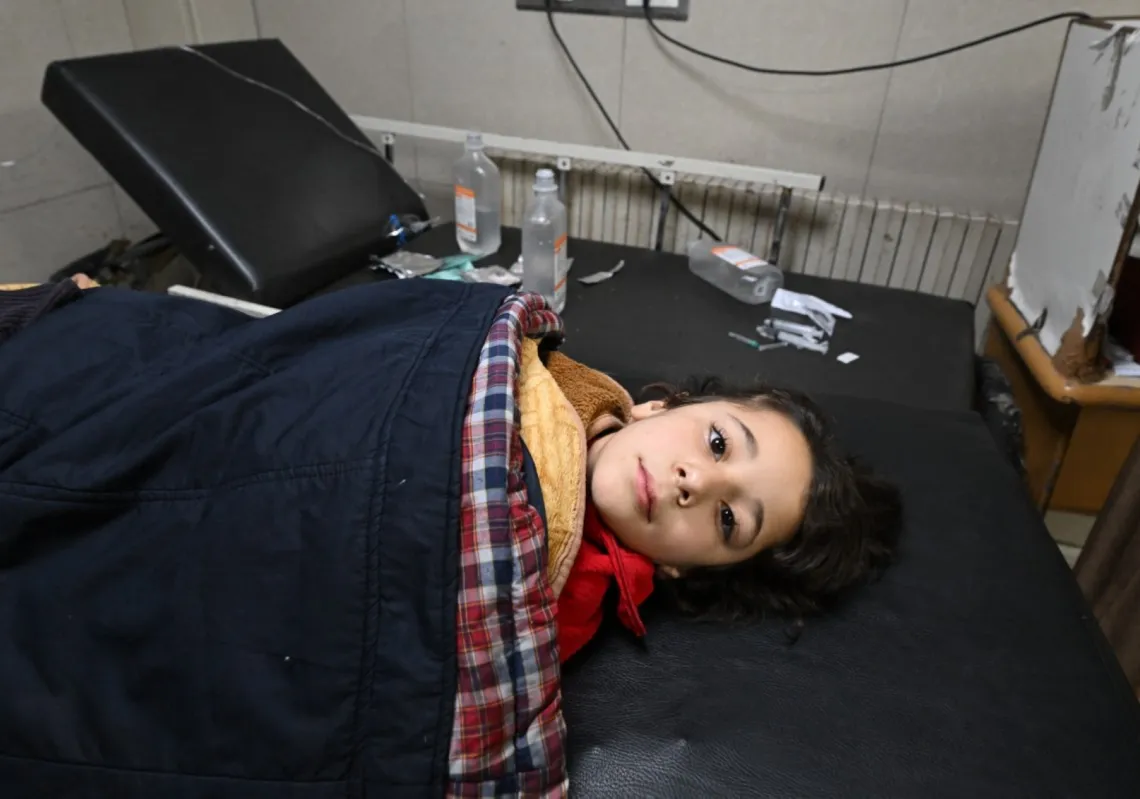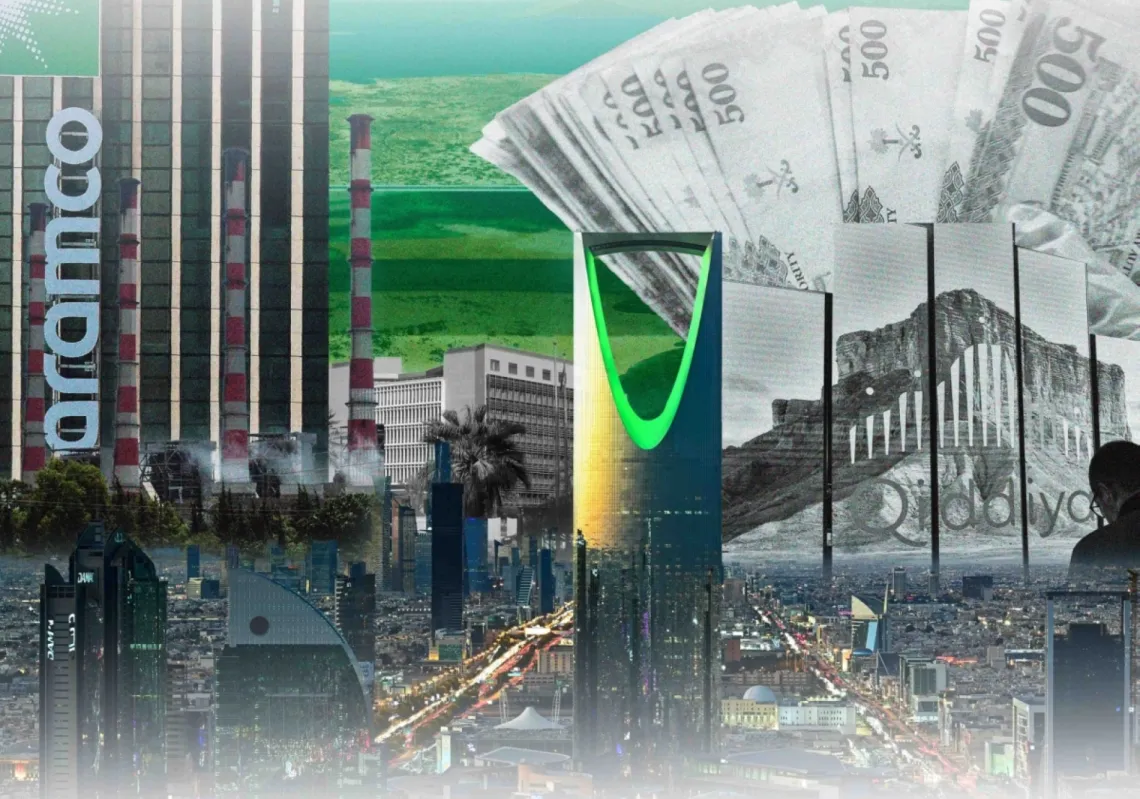European stock markets, the euro, and the pound all clawed higher on Tuesday as previously surging gas prices slipped back 10%, although government bond market costs continued to rise and Japan's yen hit a fresh 24-year low.
The mood was notably calmer after Monday's spooked reaction to Moscow's latest gas supply cuts. There was also hope that Britain's new Prime Minister Liz Truss would launch an instant relief package there, but the wounds from spiraling energy costs were plain to see in markets.
Even the euro's 0.45% morning rise couldn't get it above parity /FRX. The STOXX 600's (.STOXX) bounce was a modest 0.25%, while Italy's bond yields held near 4% on bets the European Central Bank will have to hike rates by a record 0.75 later this week.
"Maybe it's natural that we take a bit of a breather here, but it's hard to see where the good news will come from," Abrdn investment director James Athey said.
Russia's gas would remain the "Damocles sword" hanging over Europe's economy he added, while the scale of interest rate rises likely to come and the risk of recessions was still not fully reflected.
"We are still in a strong dollar, weak risk environment for the foreseeable future," Athey said.
Sterling, which has been one of the world's weakest major currencies over the last month, clawed up 0.5% as Liz Truss's installation as new UK prime minister fed expectations of a super-sized energy relief package in the coming days.
U.S. stocks looked set to open higher after Monday's Labor Day holiday, while China's yuan clawed off a more than two-year low in Asia after Beijing's latest stimulus effort had cut FX reserves requirements again.
The main stock markets there had barely budged though. MSCI's gauge of Asia-Pacific stocks outside Japan (.MIAPJ0000PUS) finished 0.02% in the red and Tokyo's Nikkei ended almost exactly where it started.
Yen sellers had hogged all the action, sending the currency to another 24-year low of 141.56 versus the dollar.
Moves in other crosses were even starker. The euro jumped 1.2% to 141.2 yen and sterling gained 1.4% to 163.92 yen.
AUSTRALIA HIKES RATES AGAIN
In contrast, the Aussie dollar was little changed after the Reserve Bank of Australia lifted its interest rate by another 50 basis points and signaled more were to come, with the caveat it was not on a pre-set path.
"After we saw the break of 140 (for dollar/yen) ... the momentum definitely was skewed for yen weakness," said Galvin Chia, a strategist at NatWest Markets.
"So long as (yield curve control) is in play, and so long as interest rate divergence is in place, one of those side effects would be a weaker yen."
The European Central Bank is widely expected to lift rates sharply when it meets on Thursday. European energy ministers are set to hold an emergency meeting on the gas crisis on Friday while the next U.S. Federal Reserve rate decision comes on Sept. 21.
Deutsche Bank strategist Jim Reid pointed out that markets were now pricing in not only a 75 bps rate hike from the ECB on Thursday but also two more of 50 bps by the end of the year, which would cement its fastest ever lifting of borrowing costs.
Back in commodity markets, oil prices slipped, paring the previous session's 3% gain, after a deal among members of the OPEC+ group to cut output by 100,000 barrels per day in October was seen as largely symbolic.
Brent crude futures fell 0.7% to $95.07 a barrel, widening morning losses. U.S. crude futures however were up 2.12% at $88.71 a barrel.











